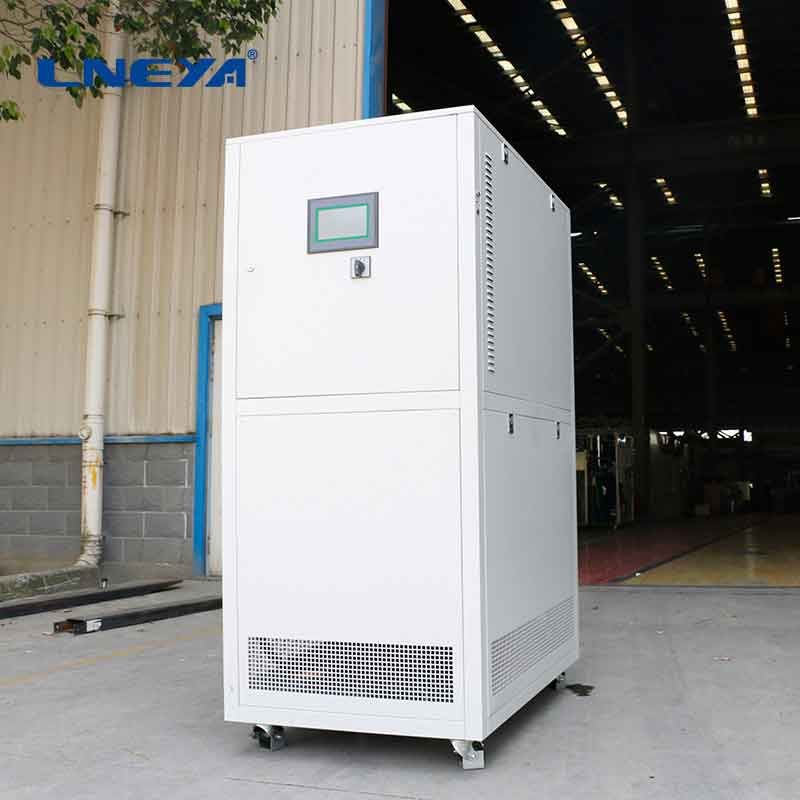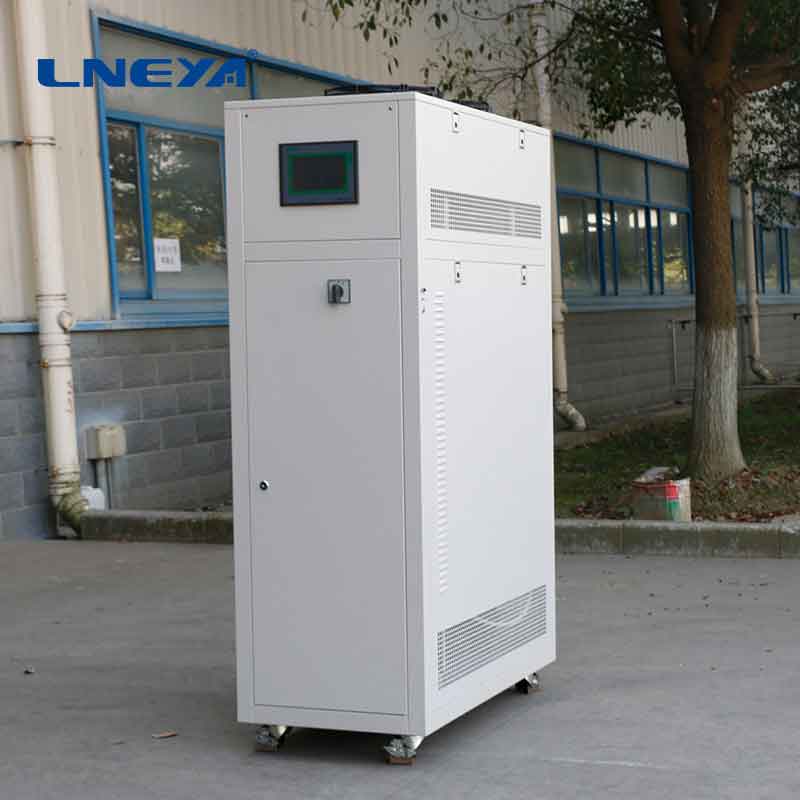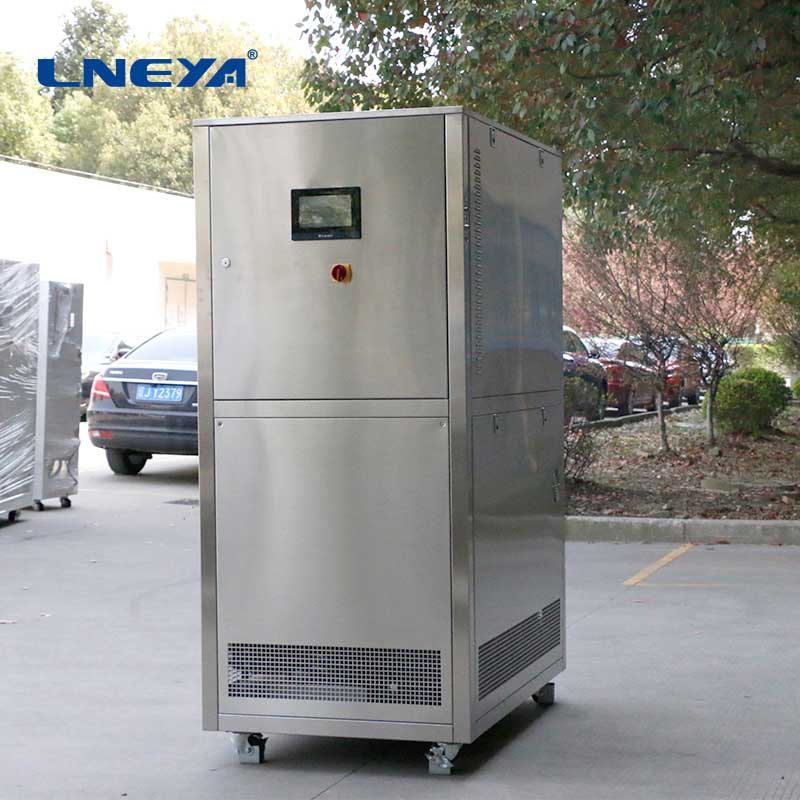air cooled fluid cooler
Air-Cooled Fluid Coolers: Design, Operation, and Efficiency
Introduction
Air-cooled fluid coolers are essential in various industrial processes for their ability to maintain fluid temperatures. They operate by transferring heat from the fluid to the ambient air, ensuring the system operates within the desired temperature range. This article provides a detailed analysis of air-cooled fluid coolers, focusing on their design, operational efficiency, and maintenance for optimal performance.

Design and Construction
Air-cooled fluid coolers consist of a heat exchanger coil, fans for airflow, and a structural frame. The coil is typically made of tubes with fins attached to enhance heat transfer. The design of the cooler, including the fin density (fins per inch) and coil construction (tube size and material), significantly affects its efficiency and performance.
Fin Density: Fins increase the surface area for heat transfer. Common fin densities include 8, 10, 12, and 14 fins per inch (FPI), with higher FPI values generally leading to better heat transfer but at the cost of increased air friction and power consumption.
Coil Construction: Coils can be constructed with different tube sizes (e.g., 5/8 in., 1/2 in., 3/8 in. OD tubes) and materials (copper, aluminum, or fin material). The choice depends on the application, with copper providing better heat transfer but at a higher cost.

Operation
The operation of an air-cooled fluid cooler involves circulating the fluid through the coil, where heat is transferred to the ambient air. Fans push air over the coil fins, enhancing the heat transfer process. The efficiency of this process is influenced by:
Fan Configuration: Fans can be arranged in different lengths (e.g., 1 to 6 fans long) and can operate at different speeds (e.g., 700 RPM, 840 RPM, 1150 RPM). The configuration affects the airflow rate and the power required to drive the fans.
Coil Rows: Coils can be arranged in multiple rows (e.g., 3, 4, 6, or 8 rows deep). Deeper rows increase the heat transfer surface area but also increase the airside pressure drop, which affects fan power consumption.
Efficiency Optimization
Optimizing the efficiency of air-cooled fluid coolers involves several strategies:
Proper Sizing: Oversizing or undersizing can lead to reduced efficiency. Coolers should be sized based on the heat load and ambient conditions to ensure optimal performance.
Fan Control: Variable speed drives (VFDs) can modulate fan speed based on the cooling demand, reducing energy consumption when full capacity is not required.
Maintenance: Regular maintenance, including cleaning of the coil fins and replacement of worn fans, ensures sustained efficiency.

Maintenance Practices
Regular maintenance is crucial for the longevity and efficiency of air-cooled fluid coolers:
Inspections: Periodic inspections help identify potential issues such as leaks, worn fans, or malfunctioning controls.
Cleaning: Coils and fans should be cleaned regularly to prevent fouling from dust and debris, which can reduce heat transfer efficiency.
Replacement: Components like fans, motors, and gaskets should be replaced as they wear out to maintain optimal performance.
Conclusion
Air-cooled fluid coolers are vital for maintaining fluid temperatures in industrial processes. Their design, operation, and maintenance significantly impact their efficiency. By understanding the factors that influence performance and implementing proper maintenance practices, operators can ensure that their air-cooled fluid coolers operate efficiently and reliably. Regular inspections and cleaning, along with the use of advanced control strategies, contribute to the longevity and optimal efficiency of these coolers.
Related recommendations
constant temperature water heater
605Introduction to Constant Temperature Water Heaters in LaboratoriesConstant temperature water heaters, commonly referred to as water baths, are staple equipment in laboratories for their ability to...
View detailsHow to Extend the Life of the Water Cooled Chiller?
1304How to Extend the Life of the Water Cooled Chiller? After customers use the chiller for a long time, if they do not carry out good maintenance, it is inevitable that various failures will oc...
View detailswater cooling system
621Water Cooling Systems: An In-Depth Analysis Definition of Water Cooling SystemsWater cooling systems, also known as liquid cooling systems, are methods used to lower the temperature of various ...
View detailswater cooled chiller function
770Understanding Water-Cooled Chiller Function A water-cooled chiller is a type of chiller that uses water as a cooling agent instead of air, providing a more efficient cooling solution for commer...
View details
 LNEYA Chiller
LNEYA Chiller







HelloPlease log in